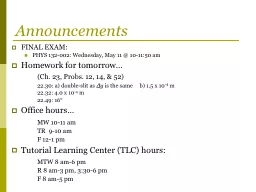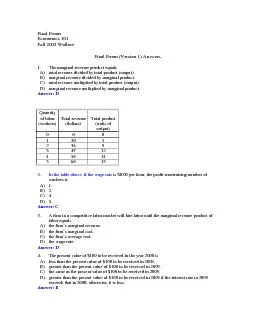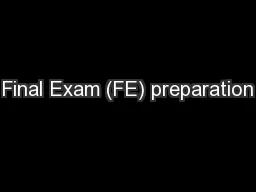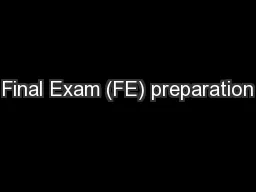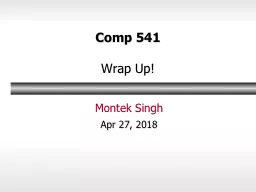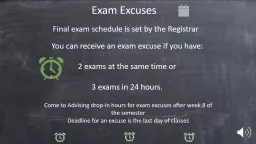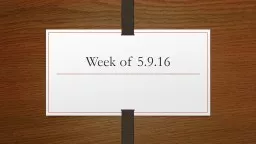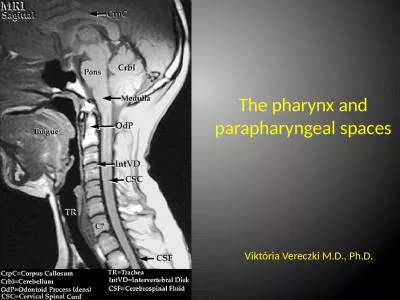PPT-FINAL EXAM:
Author : faustina-dinatale | Published Date : 2016-06-30
PHYS 132 002 Wednesday May 11 101150 am Homework for tomorrow Ch 23 Probs 12 14 amp 52 2230 a doubleslit as Δ y is the same b 15 x 10
Presentation Embed Code
Download Presentation
Download Presentation The PPT/PDF document "FINAL EXAM:" is the property of its rightful owner. Permission is granted to download and print the materials on this website for personal, non-commercial use only, and to display it on your personal computer provided you do not modify the materials and that you retain all copyright notices contained in the materials. By downloading content from our website, you accept the terms of this agreement.
FINAL EXAM:: Transcript
Download Rules Of Document
"FINAL EXAM:"The content belongs to its owner. You may download and print it for personal use, without modification, and keep all copyright notices. By downloading, you agree to these terms.
Related Documents

